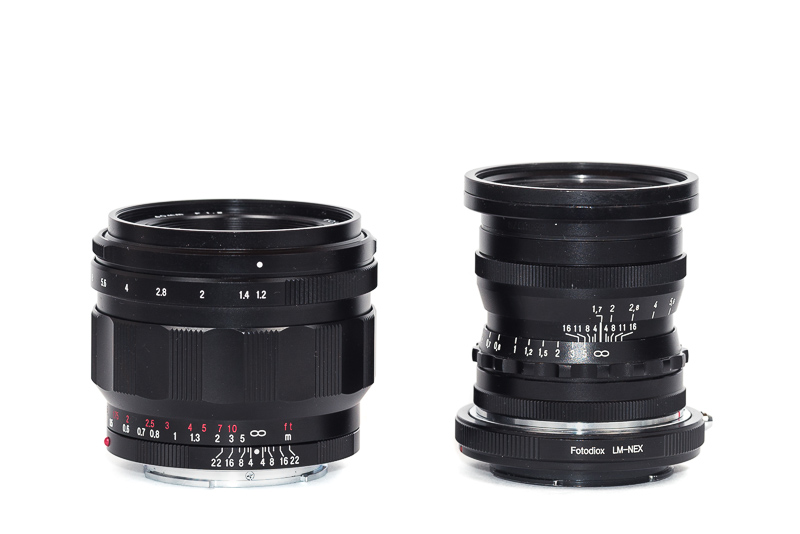Introduction:
The Sony FE 100 f/2.8 STF GM OSS lens is a lens that I purchased some time ago not really knowing what to expect. I had read about the lens, of course, but frankly I found that it took me some time to get an understanding of how best to use this lens. I think it is a very fine optic with excellent sharpness and anextraordinarily smooth quality of bokeh, however, it is also a lens that imposes a steeper than normal learning curve. It has a distinctive look in some situations that seems to be polarizing in the photo community. With use, I have come to like this lens very much and don’t plan on parting with mine anytime soon. In this review, I will attempt to explain why I like it and also some of its quirks so that prospective buyers might have a better idea about what to expect.
A few samples:











